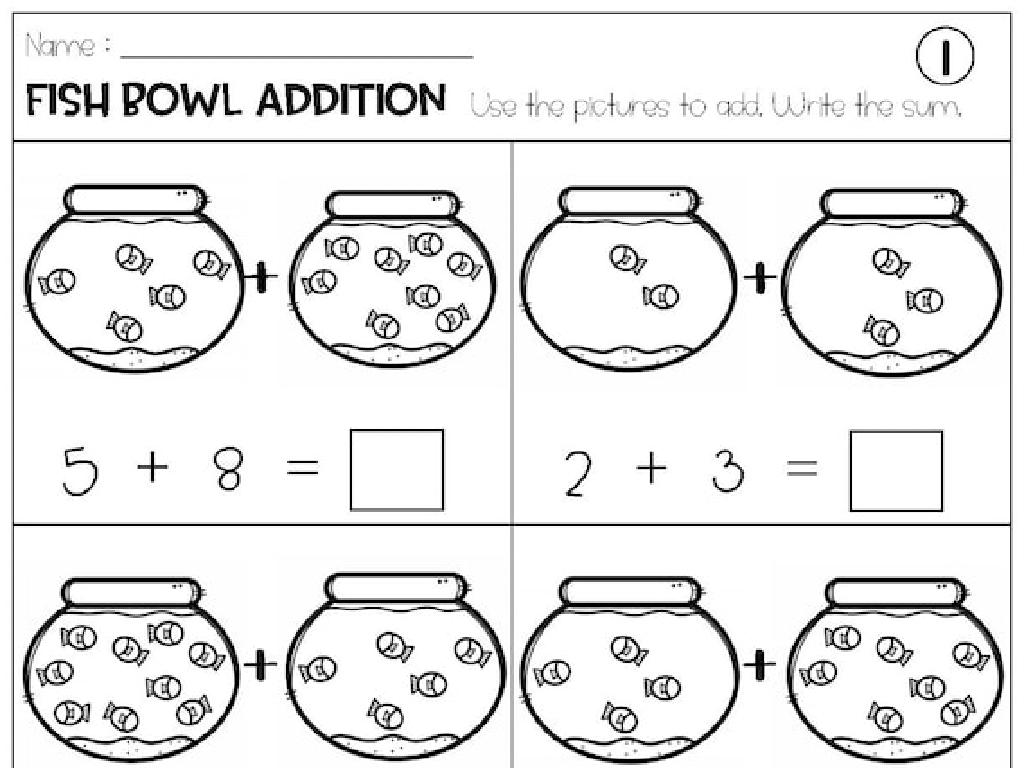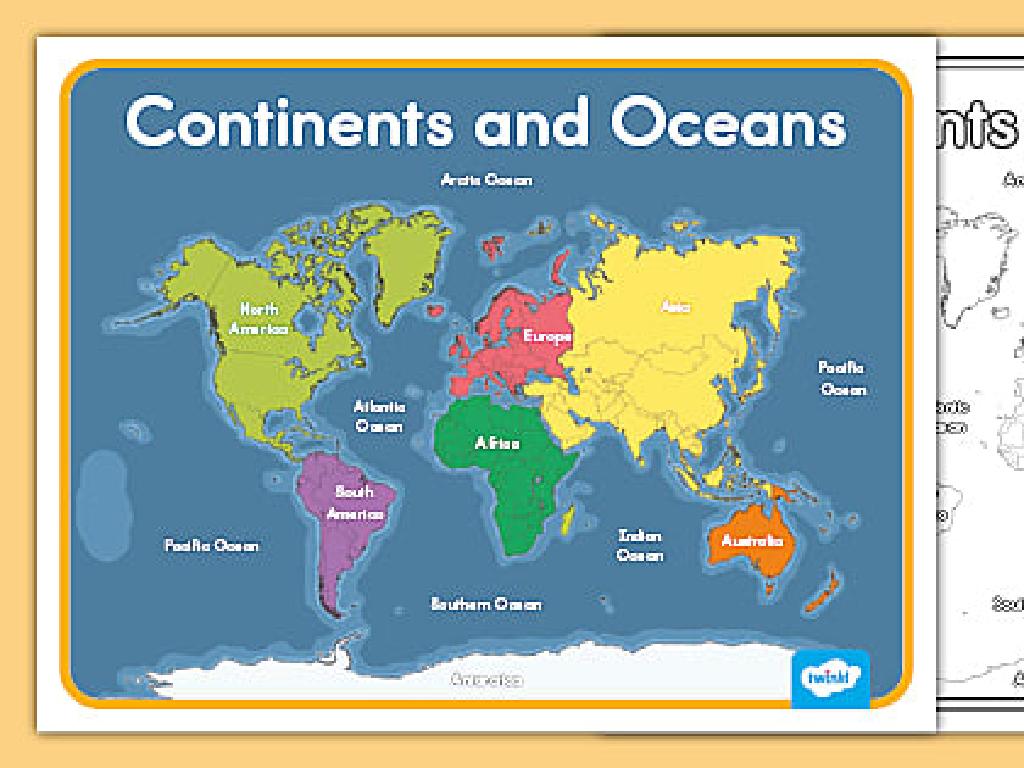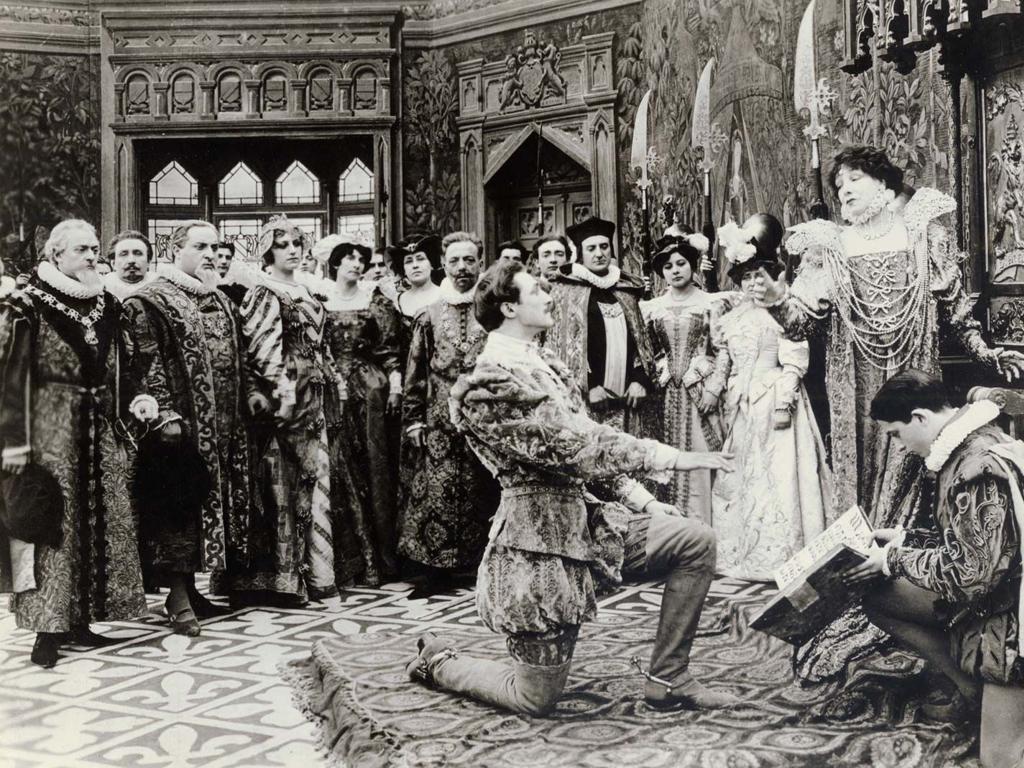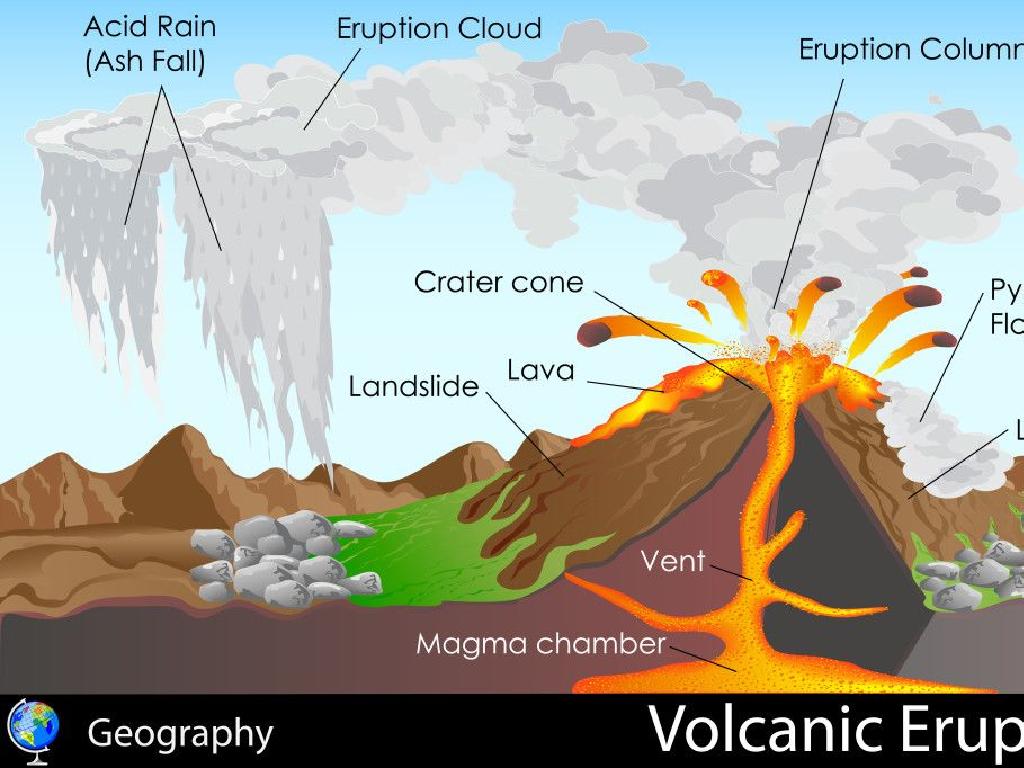Read Fantasy With Illustrations
Subject: Language arts
Grade: Fourth grade
Topic: Literary Texts: Level 1
Please LOG IN to download the presentation. Access is available to registered users only.
View More Content
Welcome to Fantasy Worlds!
– Understanding Fantasy
– Fantasy is a genre with magical elements and unreal worlds.
– Imagination in Reading
– Reading fantasy sparks creativity and transports us to new realms.
– Role of Illustrations
– Illustrations enhance the story by showing us the fantastical elements.
– Engaging with Fantasy Tales
|
This slide introduces students to the enchanting genre of fantasy, which includes elements that are beyond the realm of our normal world, such as magic, mythical creatures, and imaginary worlds. Discuss how fantasy uses imagination to take readers on incredible journeys. Emphasize the importance of illustrations in bringing the text to life, providing visual cues that aid in understanding and enjoyment. Encourage students to think about how illustrations help them to visualize and engage more deeply with the story. As an activity, consider having students draw their favorite scene or character from a fantasy book they’ve read, highlighting the role of illustrations in their own experience of the story.
Exploring Elements of Fantasy
– Discover the magic and enchantment
– Magic in stories can show impossible things happening like flying carpets or talking animals.
– Meet creatures from myths and legends
– Dragons, unicorns, and giants are all part of fantasy’s rich tapestry.
– Imagine worlds beyond our own
– Fantasy takes us to places we can only dream of, like distant planets or hidden realms.
|
This slide introduces students to the key elements that make up fantasy literature. Focus on how magic and enchantment allow for extraordinary events and characters that defy the laws of nature. Discuss various mythical creatures and their origins in folklore, encouraging students to think of their favorite legendary beings. Explore the concept of other worlds and how authors create entire universes that are different from our reality. Use illustrations from popular fantasy books to visually engage the students and spark their imagination. Encourage them to draw or describe their own fantasy creature or world as a class activity.
Understanding Illustrations in Fantasy
– Pictures add to the story
– Think about how a picture can tell part of the story without words.
– Illustrations and text work together
– Notice how images give more detail to the words on the page.
– Interpreting visual clues
– Look at the characters’ expressions and settings for hints about the story.
– Enhancing imagination with pictures
– Use the illustrations to imagine the world of the story even better.
|
This slide aims to teach students the importance of illustrations in fantasy literature. Illustrations do more than just decorate the page; they provide additional context and can help tell the story. Encourage students to look at the pictures and think about what they are adding to the text. Discuss how the illustrations can give clues about the plot, setting, and characters’ feelings. Ask students to interpret the visual elements and consider how they complement the written words. This will enhance their understanding of the story and stimulate their imagination, making the reading experience more engaging and enjoyable.
Reading with Imagination: Fantasy and Illustrations
– Visualize the story’s world
– Imagine the setting and characters as you read
– Create your own mental images
– Picture the scenes in your mind using descriptive words
– Discuss interpretations
– Share how you see the story with classmates
– Embrace diverse viewpoints
– Understand that everyone sees the story differently
|
This slide encourages students to engage with fantasy literature by using their imagination to visualize the story. Students should be guided to use descriptive words from the text to create mental images, enhancing their reading experience. Encourage them to share their unique interpretations of the story with the class, fostering a discussion about how different readers can imagine the same story in various ways. Emphasize the value of diverse perspectives and how illustrations can influence but not limit their imagination. This activity will help develop their creative thinking and comprehension skills.
Exploring ‘The Enchanted Forest’
– Read ‘The Enchanted Forest’ excerpt
– Engage with the magical story
– Find fantasy elements in the story
– Look for dragons, magic, or heroes
– Discuss illustrations’ impact
– How do pictures help tell the story?
– Connect text and imagery
– How do images make the story come alive?
|
This slide is aimed at helping students understand the genre of fantasy and the importance of illustrations in storytelling. Begin by reading an excerpt from ‘The Enchanted Forest’ to the class, ensuring to show the illustrations as you go. After reading, engage the students in identifying elements that classify the text as fantasy, such as magical creatures, mythical heroes, or enchanted settings. Discuss how the illustrations contribute to their understanding of the text and enhance the fantasy world. Encourage students to express how the imagery helps them connect with the story and its characters. This activity will help students appreciate the synergy between text and illustrations in fantasy literature.
Creating Your Fantasy Character
– Unleash your imagination
– Think of unique, magical qualities
– Draw your fantasy character
– Bring your character to life with colors
– Describe your character’s traits
– What special powers or features do they have?
– Plan to present your character
– Get ready to share with classmates
|
This slide is designed to spark creativity in students as they delve into the world of fantasy. Encourage them to think beyond the ordinary and create a character with unique abilities or features that stand out in a fantasy realm. Provide guidance on drawing their character, suggesting they think about colors and details that reflect the character’s personality or powers. Ask them to write a short description, focusing on physical traits, background story, and any magical abilities. Finally, prepare them to present their character to the class, which will help develop their public speaking skills and allow them to showcase their creativity. Offer support and praise for originality and effort.
Class Activity: Illustrate a Scene from ‘The Enchanted Forest’
– Select a scene from ‘The Enchanted Forest’
– Create your own illustration of the scene
– Use colors and details to bring the scene to life
– Be ready to present your artwork
– Explain the story behind your illustration
– Share what’s happening and why you chose this scene
|
This activity is designed to foster creativity and comprehension by having students select a scene from the book ‘The Enchanted Forest’ and create their own artistic interpretation of it. Provide students with art supplies and encourage them to think about the key elements of the scene they want to depict. As they present, ask them to explain their artistic choices and how the scene fits into the story. This will help them practice their speaking skills and ensure they understand the narrative. Possible variations of the activity could include group work to create a larger scene, using different mediums, or even reimagining the scene in a different artistic style.
Reflecting on Fantasy and Illustrations
– Recap of today’s fantasy reading
– Illustrations boost imagination
– Pictures help us visualize the story better
– Discuss your favorite lesson part
– Share what you enjoyed most about the fantasy story
– Apply illustrations in future reading
– Use pictures to help understand the story when you read
|
Today’s lesson aimed to combine the joy of reading fantasy with the vivid storytelling of illustrations. We learned how illustrations can complement the text, making the story more engaging and helping us to visualize the fantasy world. Encourage students to reflect on how the pictures helped them understand the story better and to share their favorite moments or illustrations from the lesson. This reflection helps reinforce the connection between text and imagery, and how both can enhance the reading experience. For future reading assignments, remind students to pay attention to illustrations as they can provide context clues and deepen their comprehension of the story.






